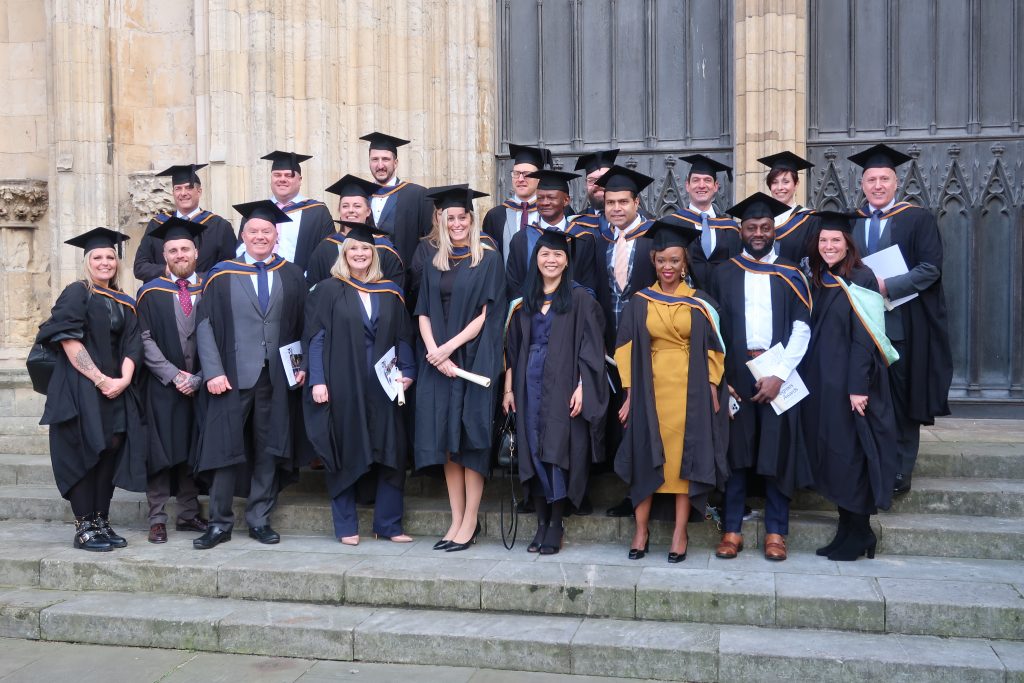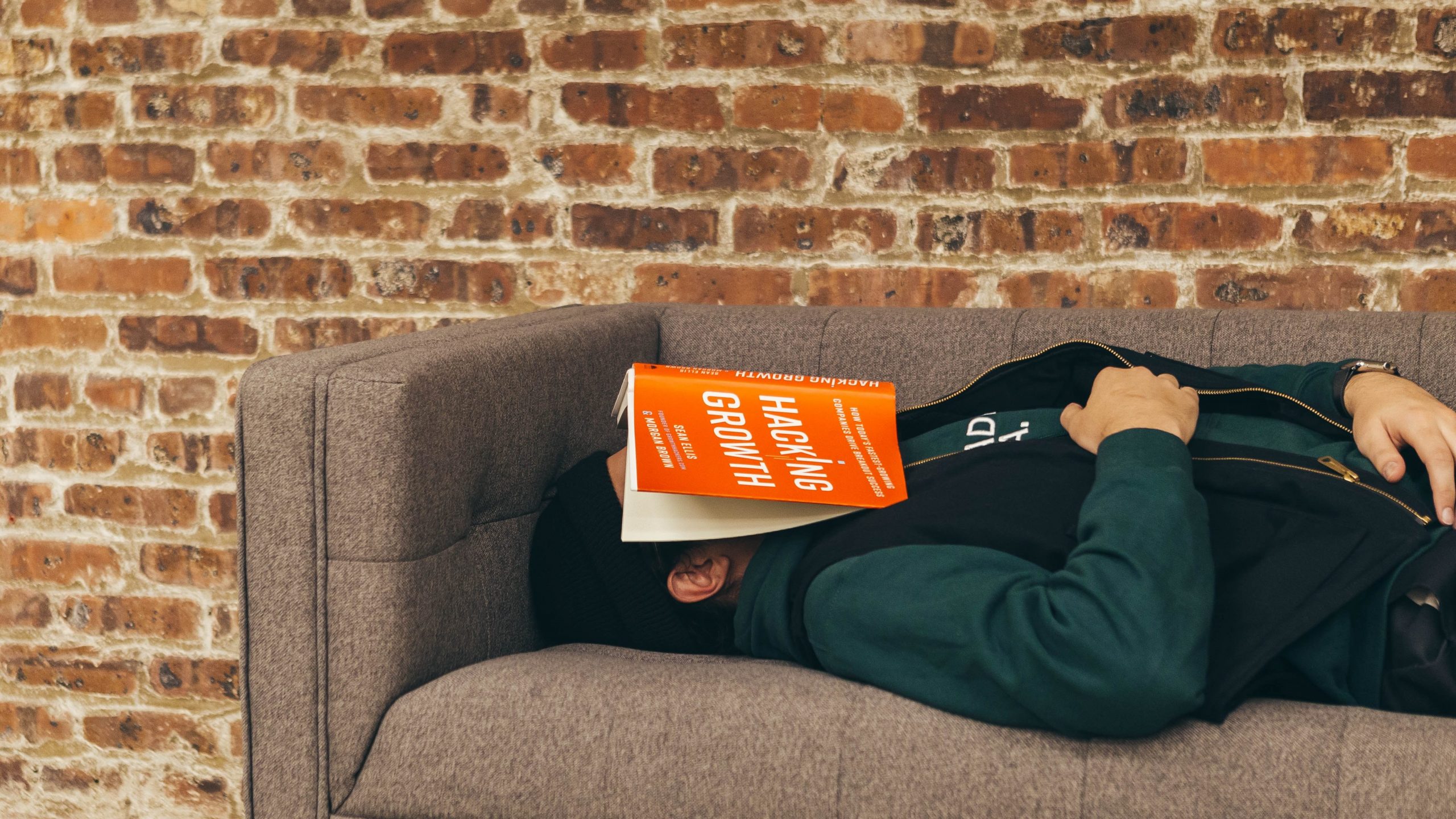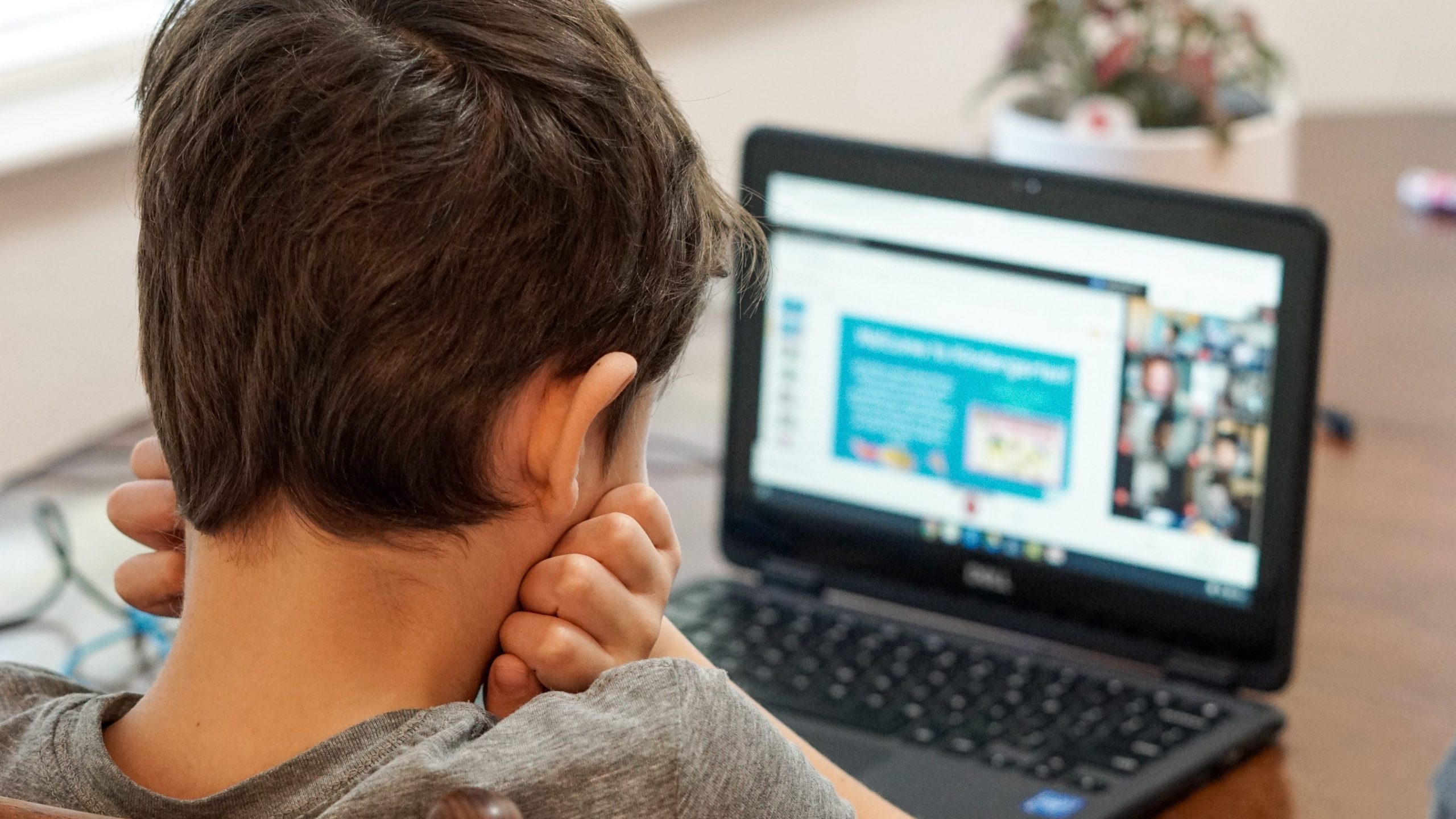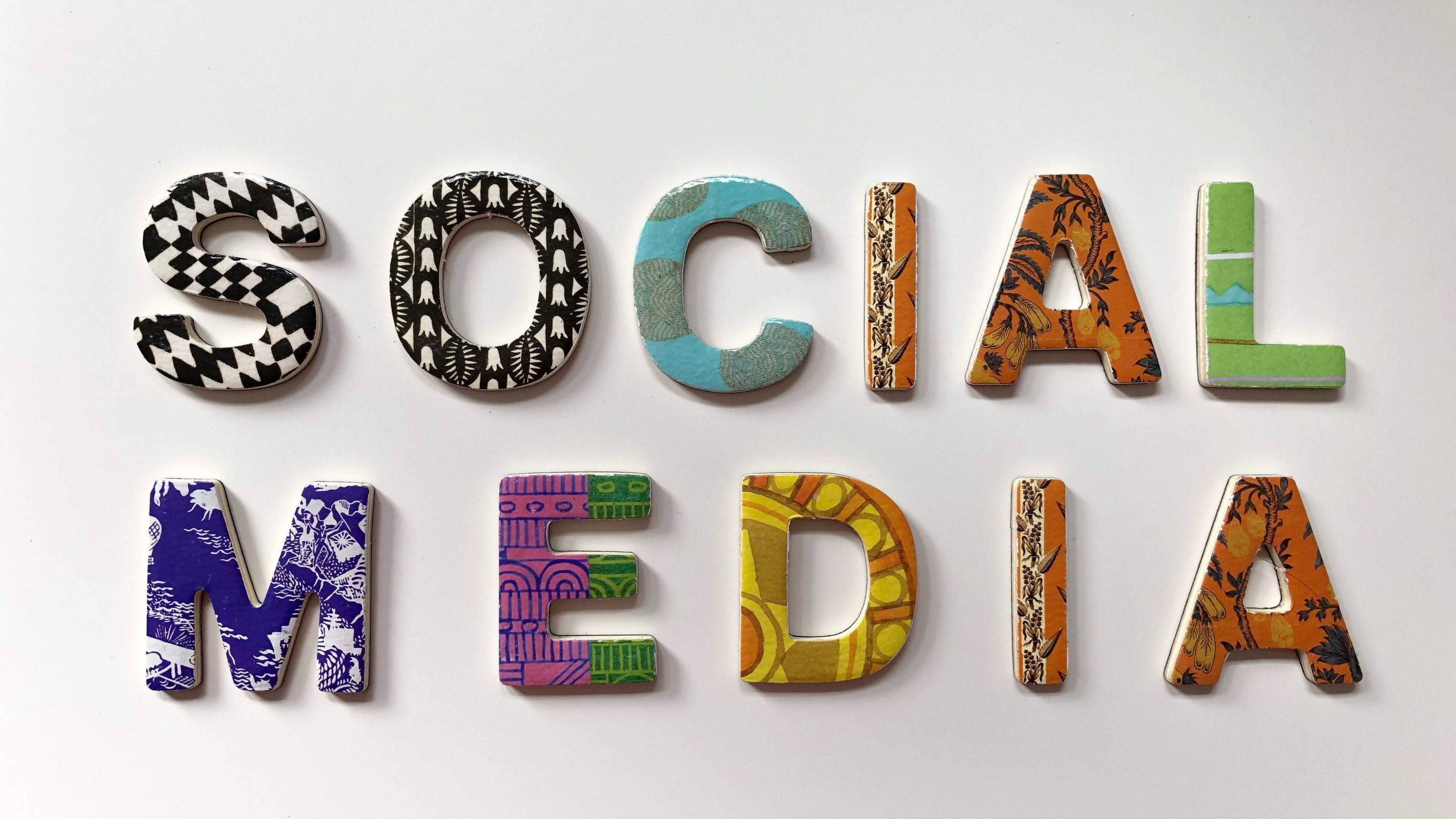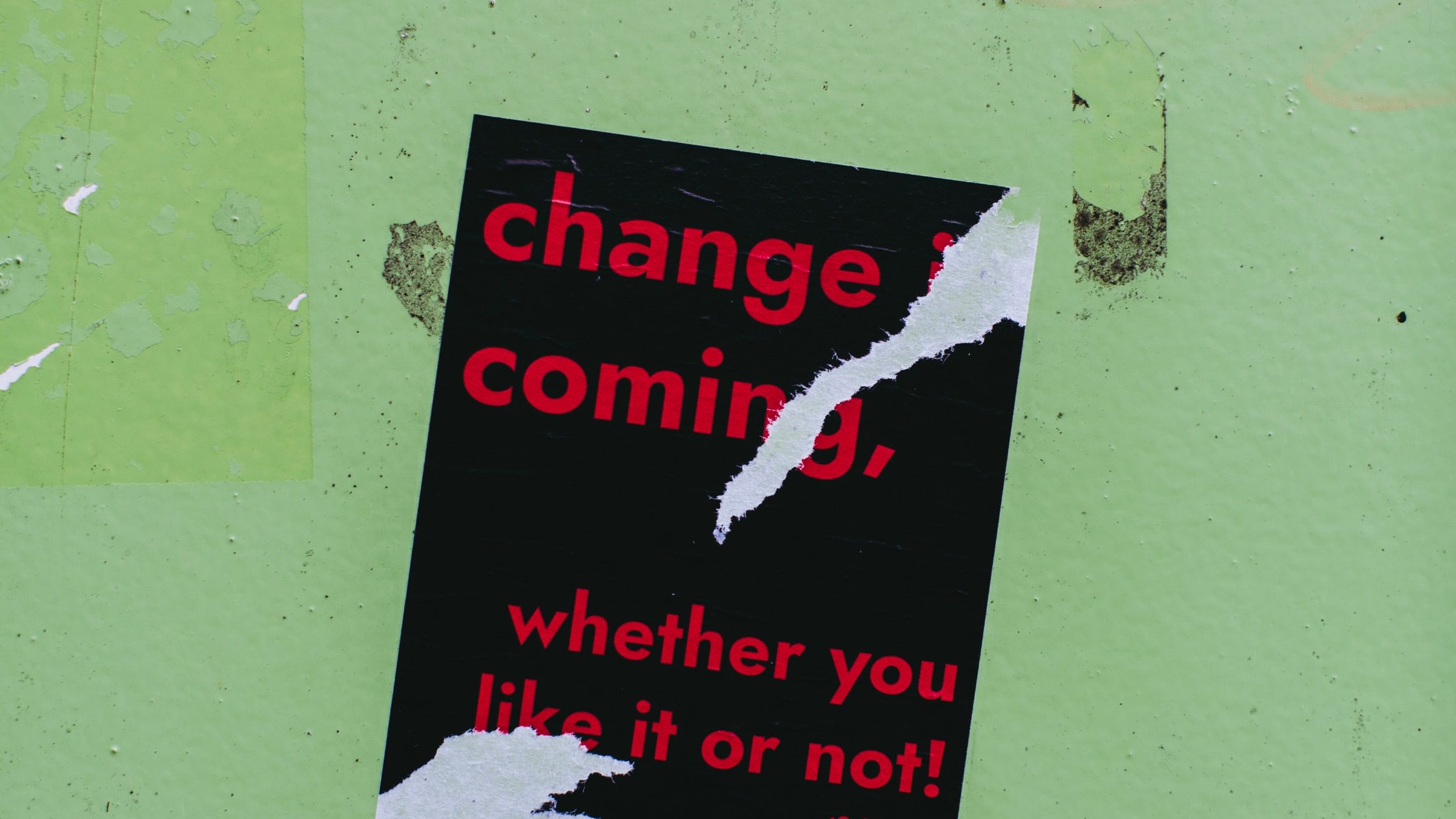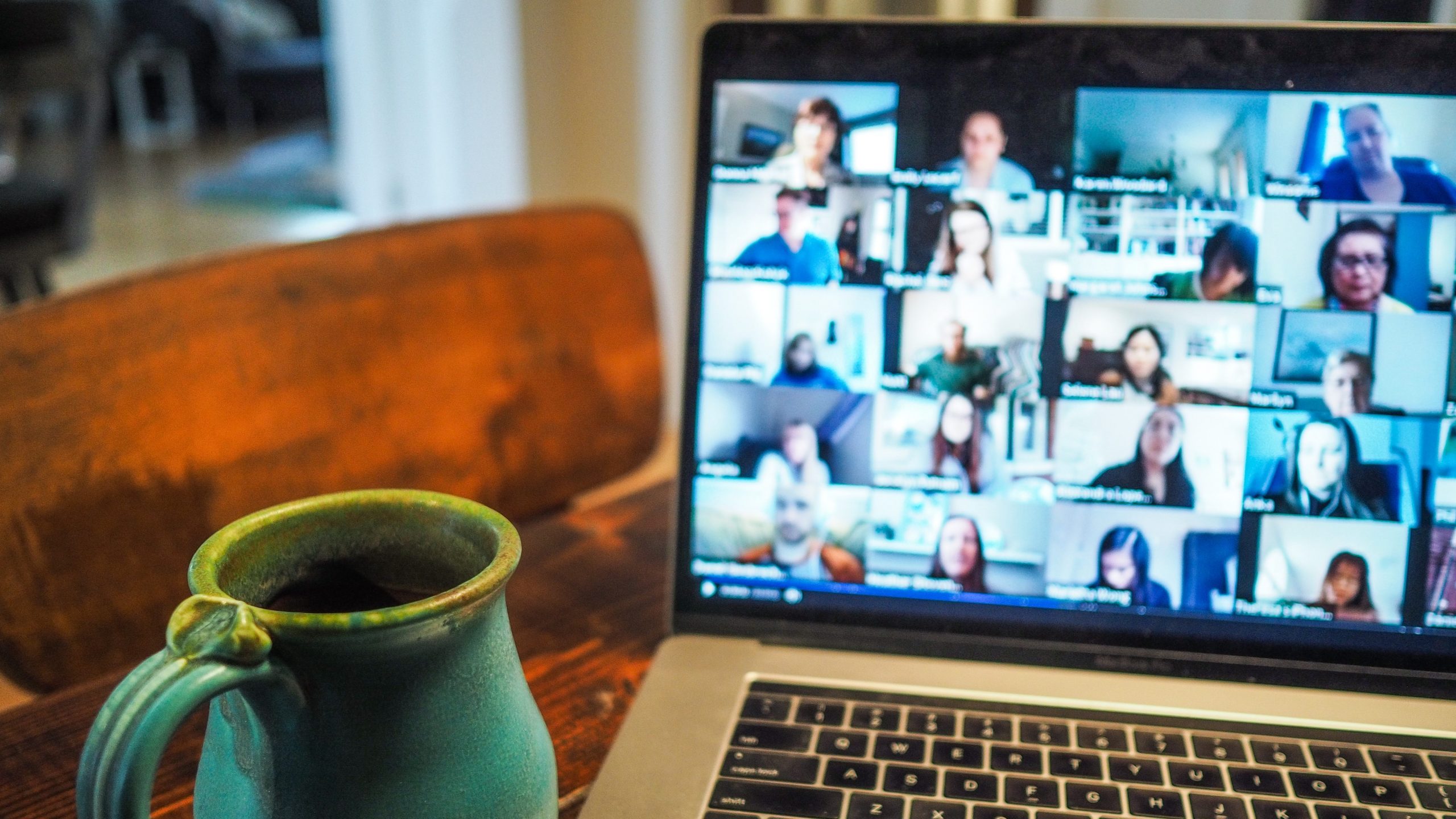For some of us, there are never enough hours in a day. No matter what we do, we just don’t seem to be able to do all that we intend to do before the end of the day. We just end up overworking (what I mean by “work” here is not only related to our jobs but to all the tasks we need to get done during the day), taking away more from the “me” time.
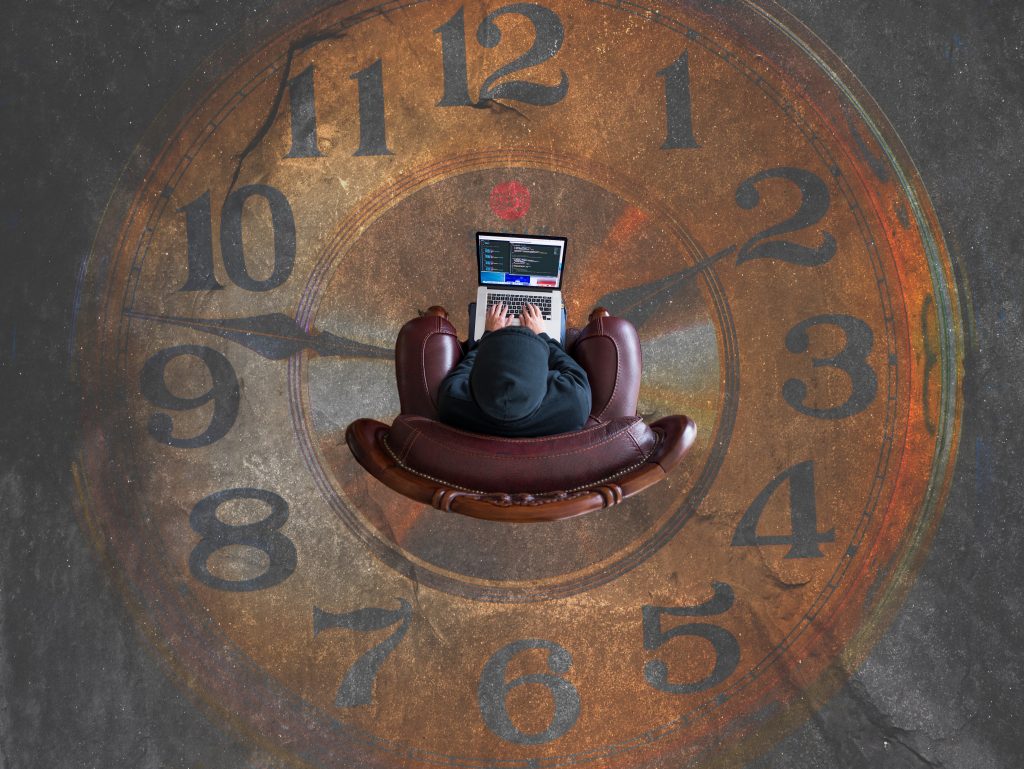
But the fact is, for most of us, the main reason we don’t have enough time to complete everything we have to get done, is that we tend to simply over-think or don’t know how to make a plan and then stick to it or we simply procrastinate.
In fact, one of the reasons why more and more people are choosing to study online is because they don’t have the time to do a full-time or on-campus executive programme and an online programme help in managing time better by freeing up time.
The following are six ways to help you manage your time better. Hopefully, incorporating some of these tips in your life will not only help you manage your student life better but also improve your work-life balance.
(1) Try not to multitask!
Most of us think we are capable of multitasking. But the fact is 97.5% of us are incapable of multitasking, and when we hear this fact, most of us think we fall into that 2.5% capable of multitasking. So, let’s be realistic and assume we are incapable of multitasking and focusing on completing just one task at a time. You will find that your brain will be less tired when focusing on just one task, and you will be able to complete the task effectively and efficiently.
(2) Schedule Everything!
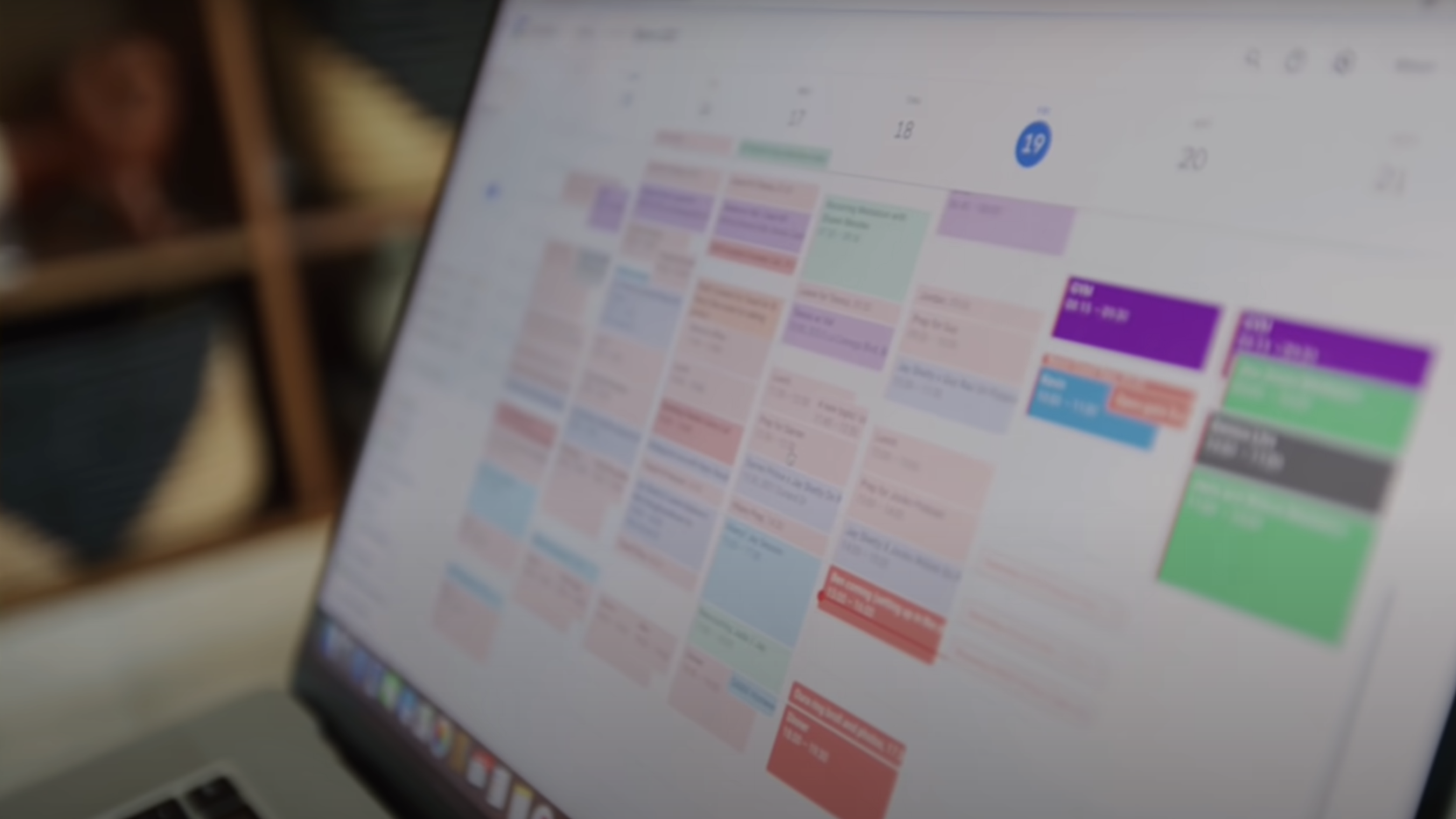
I have no idea how many times I have mentioned this point, but the key to managing time better is planning your day, your week, your month and broadly, even your year (wait, doesn’t this sound like part of a song?). People who use a calendar know how useful it can be to increase efficiency. The organiser/calendar is a tool that can be far more useful than reminding you of your next meeting. Create a calendar that contains every minutia of your daily activities for the week/month/quarter (however long you can go), from household chores to study/work deadlines. Then populate the calendar with your family’s schedule; this will give you a good idea of your schedule, inform you when to expect distractions from your family, and help you plan for it.
(3) Separate the logical from the creative
It is said that the human brain is divided into two halves – the creative side and the logical side. If we are engaged in a logic related activity, immediately shifting to a creative activity will cause us to stutter and stall. So, when you plan your day or week, make sure there is a clear divide between the two activities to give your brain the time to reorient itself. So, maybe logical mornings and creative afternoons?
(4) Stacking tasks
This point is a logical follow-up to the previous point. Stack similar tasks together. It sounds so logical and straightforward; if you have to do similar or continual tasks, then by stacking them together, you will increase your work efficiency and save time. Check your calendar and let me know how much stacking you have done?
(5) Just let go and be free

It is never a good idea to revel in the glories of the past or wallow in the miseries of failure. If you have had success, celebrate it and then move on to your next assignment or challenge. If you have failed, then you have failed – analyse it, learn from it, and move on. Don’t get stuck in the past, you will just end up wasting time.
(6) Have a Goal
Goals give you something to work towards. How does this help you in managing time better? Well, all the other points I mentioned here will become moot if you don’t have anything you are working towards. All your planning, achievements and work ethics goes out of the window if you don’t have a goal you are working towards. So, if you don’t have a goal, then what is the point of even reading this blog? You have already achieved everything in life.
These points are just six simple tips to help you manage time better. I would appreciate it if you would share your tips on time management. What has worked best for you?

If you have been thinking about doing a master’s degree, and are ready to challenge yourself, look at our list of programmes and see if we have anything you are interested in doing.
You can also chat LIVE on WhatsApp with one of our Education Advisors for more information on the programme that is right for you, the application process, and details on discounts we might be offering at this time.







